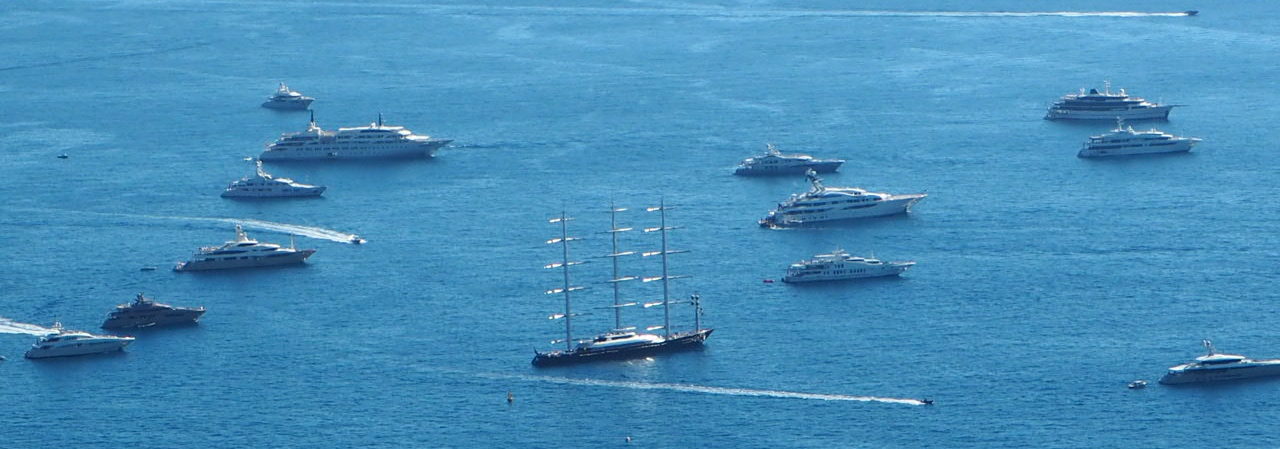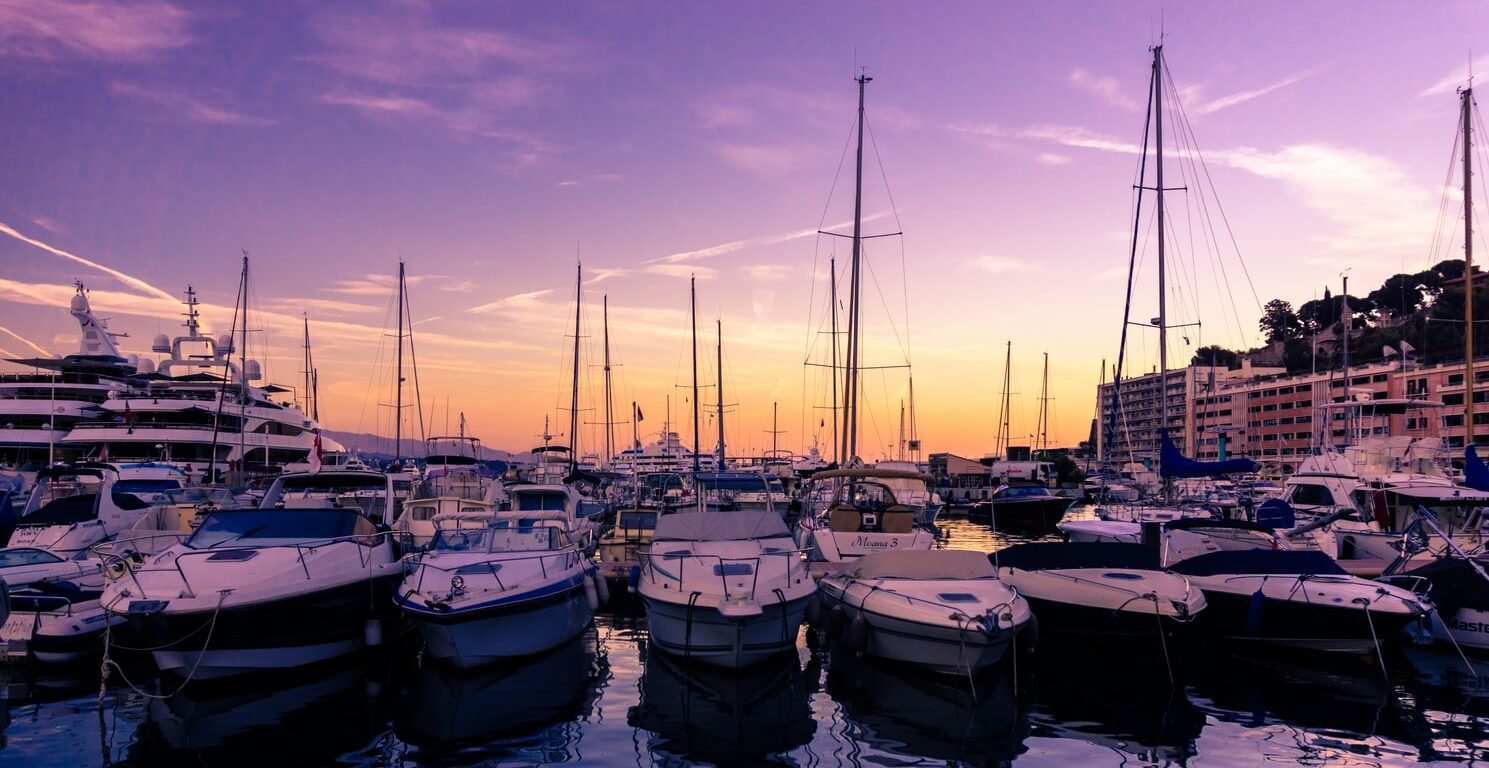Let’s assume that you live outside the European Union and do not have a permanent residence permit in one of the EU countries. What options do you have to register a yacht in the EU? Basically there are two options. Remember that the purpose for which the yacht is used and the area of territorial waters in which you want to sail affect the choice of flag.
Purpose of using the yacht
The purpose for which the yacht is used determines to a large extent the choice of flag states. Registering a yacht for your own pleasure is quite simple. The following points should not be taken into account.
There are more factors to consider when you want to use your yacht commercially, whether on an occasional or full-time basis.
Bareboat chartering, i.e. offering your yacht to a third party without a crew for a few weeks during the high season, requires commercial registration with many ship registrars.
Corporate property
The most common construction is to set up a company in the EU, after which ownership of the yacht is transferred to an EU-registered company . The yacht is then registered under the company name in the ship register.
Whether the business owner is an EU passport holder or not is irrelevant. Depending on the country, the company may be 100% owned by the non-EU passport holder.
This construction requires annual tax returns and everything else related to running and maintaining a company. It should be noted that the company does not have to carry on a commercial activity in any way. So theoretically your annual tax return could be €00.00 each year.
Personal property
If you sail only in EU inland waters, it is possible to register a yacht in person, without having to set up a company. This means that the yacht is registered in the official ship register under your own name.
This type of registration has some limitations and is only for yachts sailing in EU inland waters. Secondly, the yacht must moor in the port of the flag state and this must be proven by the contract with the marina.
The flag states that offer this option are very limited.
Registration procedure
During the season, it is not uncommon for newly purchased yachts to be registered as soon as possible. According to every new owner, it deserves the highest priority because it rightly wants to tame the waters.
There are registrations completed within 5 working days. There are others that can last anywhere from 30 to 45 days. Very often this is because the flag state requires the yacht to be inspected or marked.
The registration process is just a one-time activity, which really shouldn’t have much of an impact on your decision to register with a particular ship registrar.
Documentation
The formality requirement varies by flag state.
Costs
Costs can vary greatly depending on the flag state. Registration in one country can cost several thousand euros, while in another only a few hundred. It is wise to take all of the above into account when calculating the numbers.
A very simple example: a rather expensive flag state allows non-commercial registration for commercial operation of a vessel for bareboat charter. Many other flag states do not allow this at all and require much more expensive commercial registration.
Finally, there are registrations that require periodic renewal and others are issued for life. An approach could be to calculate the costs over a period of about 10 years. Compare a one-time registration fee with periodically renewed registrations. Here again, a seemingly expensive registration may actually be the cheapest alternative.
Application
Despite the fact that the possibilities of registering a yacht in the EU are rather limited for non-EU passport holders, first determine which waters you want to sail in, as the financial consequences of setting up a company or registering in person can be significant. Only then decide which flag you want to sail under.


